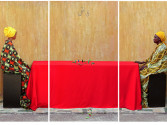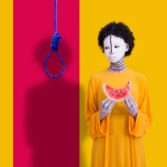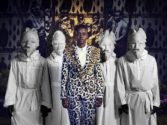
Archive: articles
Joshua Omeke: poems

Joshua Omeke is a Nigerian born Poet based in England. He has performed at LSE Ubuntu Cafe, been reviewed on Kirkus Review and has been nominated for several awards including the Forward Prize.
Joshua has been published in Nigeria, Uganda, Ghana, United States and the UK.



